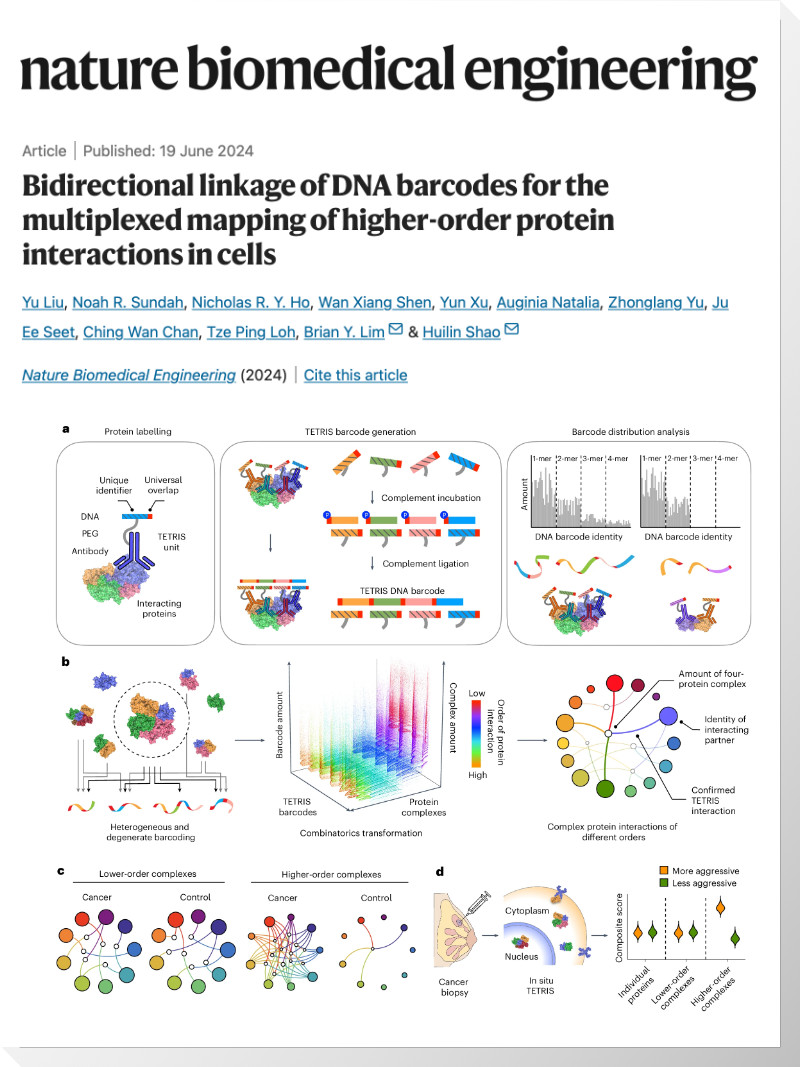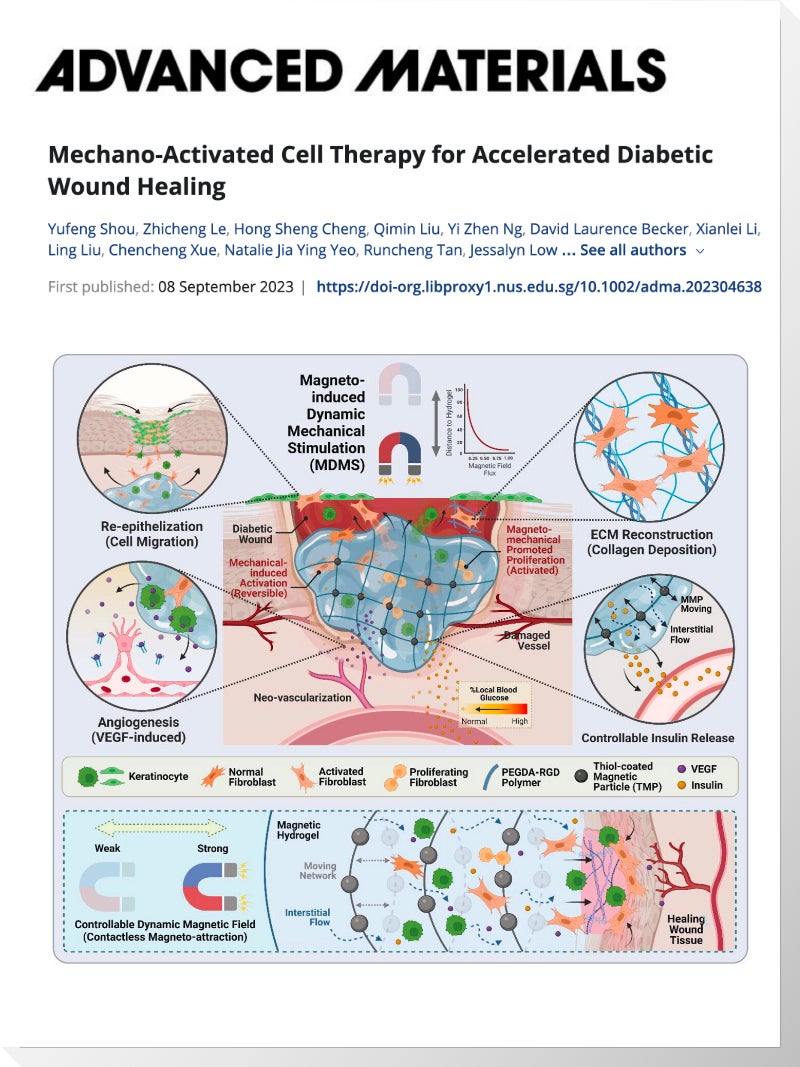Catalytic amplification by transition-state molecular switches for direct and sensitive detection of SARS-CoV-2
- March 22, 2021

Catalytic amplification by transition-state molecular switches for direct and sensitive detection of SARS-CoV-2
Noah R. Sundah, Auginia Natalia, Yu Liu, Nicholas R. Y. Ho, Haitao Zhao1, Yuan Chen, Qing Hao Miow, Yu Wang, Darius L. L. Beh, Ka Lip Chew, Douglas Chan, Paul A. Tambyah, Catherine W. M. Ong and Huilin Shao
Abstract
Despite the importance of nucleic acid testing in managing the COVID-19 pandemic, current detection approaches remain limited due to their high complexity and extensive processing. Here, we describe a molecular nanotechnology that enables direct and sensitive detection of viral RNA targets in native clinical samples. The technology, termed catalytic amplification by transition-state molecular switch (CATCH), leverages DNA-enzyme hybrid complexes to form a molecular switch. By ratiometric tuning of its constituents, the multicomponent molecular switch is prepared in a hyperresponsive state—the transition state—that can be readily activated upon the binding of sparse RNA targets to turn on substantial enzymatic activity. CATCH thus achieves superior performance (~8 RNA copies/μl), direct fluorescence detection that bypasses all steps of PCR (<1 hour at room temperature), and versatile implementation (high-throughput 96-well format and portable microfluidic assay). When applied for clinical COVID-19 diagnostics, CATCH demonstrated direct and accurate detection in minimally processed patient swab samples.
Please click HERE for the research article.






